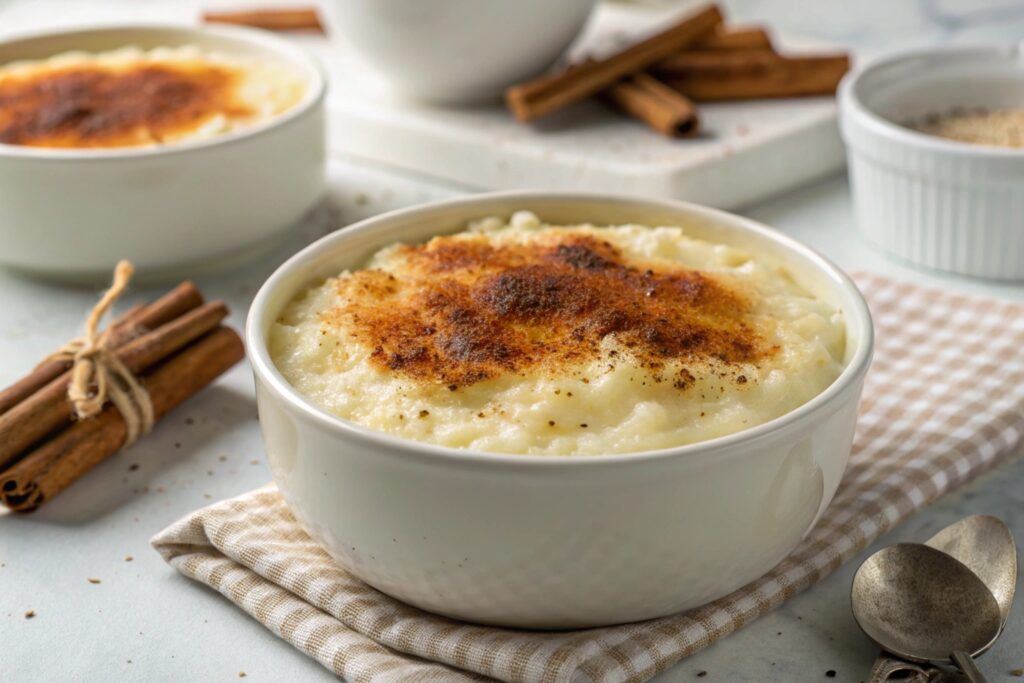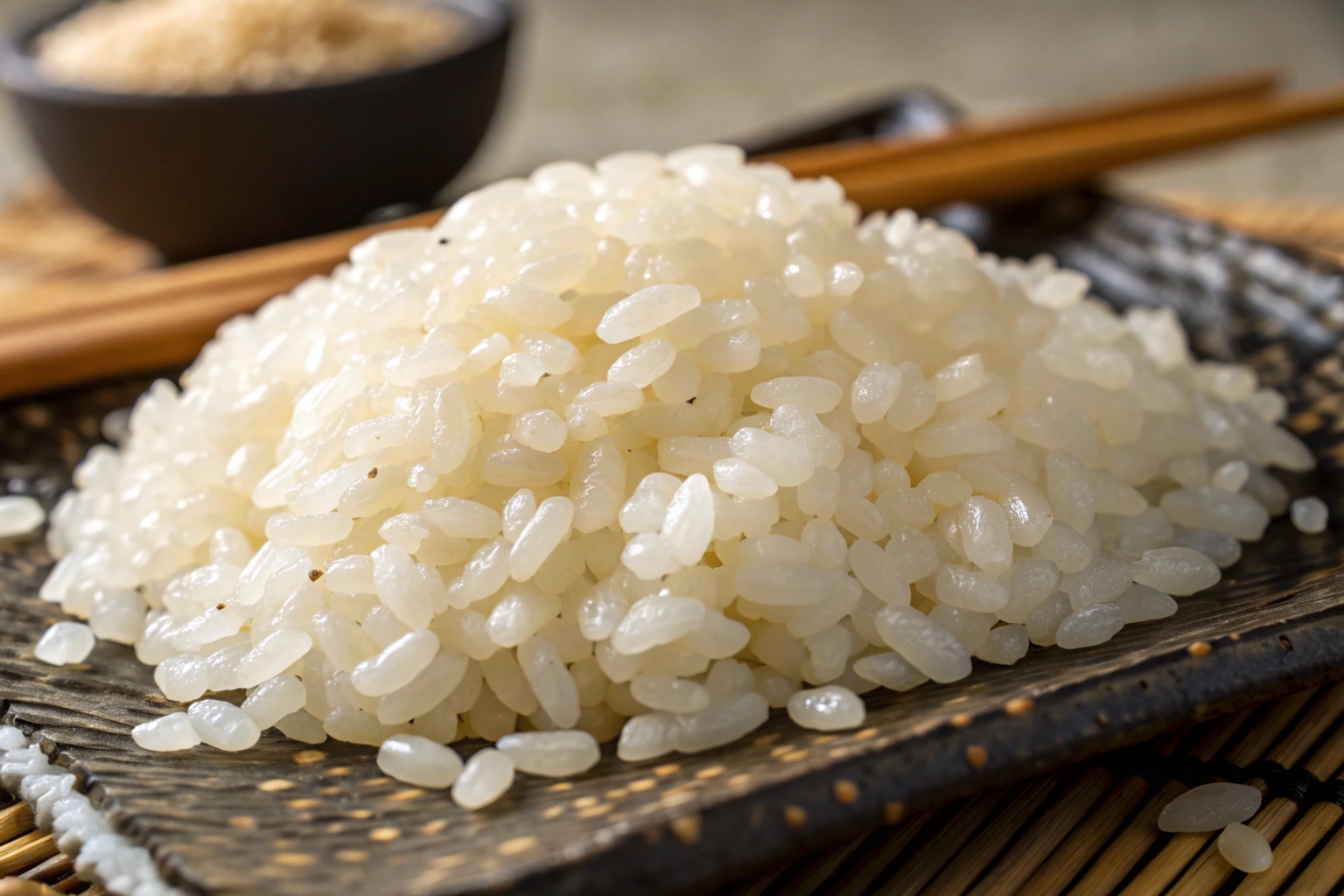Rice has been a cornerstone of global cuisine for thousands of years, feeding billions of people across diverse cultures. Among the myriad types of rice available, short grain rice holds a special place in many kitchens. Known for its plump, starchy grains, short grain rice offers a unique texture and flavor that makes it indispensable in dishes ranging from sushi to creamy desserts.
But what exactly makes short grain rice so special? Why is it favored for certain recipes over long-grain or medium-grain varieties? This article dives deep into the characteristics, types, cooking methods, and culinary uses of short grain rice. Whether you’re a seasoned chef or a home cook exploring new ingredients, this guide will equip you with the knowledge to master the art of cooking and savoring short grain rice.
Characteristics of Short Grain Rice
Short grain rice is easily recognizable by its small, rounded grains that tend to cling together when cooked. This stickiness is not a flaw but a defining trait, caused by its high starch content—particularly the type of starch called amylopectin. This unique property makes it perfect for recipes that require a cohesive texture, such as sushi rice or rice puddings.
Compared to long-grain rice varieties like Basmati or Jasmine rice, short grain rice is significantly more compact. Its grains measure less than five millimeters long, with a width nearly equal to their length, giving them a squat, almost spherical shape. This structure is key to its ability to absorb water evenly, creating a creamy or sticky consistency.
In terms of flavor, short grain rice offers a mild, slightly sweet taste that complements a wide range of dishes. It acts as a blank canvas, capable of absorbing flavors from broths, spices, and seasonings, making it highly versatile in both savory and sweet preparations. Its characteristics make it the top choice for recipes that require shaping, layering, or a creamy texture.
Unique Texture and Flavor
One of the standout qualities of short grain rice is its texture. When cooked, the grains stick together without becoming mushy, striking the perfect balance between firmness and softness. This chewy texture makes short grain rice ideal for dishes like sushi, rice balls (onigiri), and risottos, where the grains need to hold their shape while blending harmoniously with other ingredients.
The flavor of short grain rice is subtle yet distinct. While long-grain varieties like Basmati rice have a fragrant, nutty profile, short grain rice leans toward a more neutral sweetness. This neutrality allows it to pair effortlessly with bold flavors, from the umami-packed ingredients in Japanese cuisine to the rich creaminess of rice-based desserts.
The sticky and creamy qualities of short grain rice stem from its starch composition. Unlike long-grain rice, which contains a higher proportion of amylose (the starch responsible for keeping grains separate), short grain rice has more amylopectin, a starch that breaks down easily during cooking. This results in a dish with a cohesive, luscious texture—perfect for comfort foods like rice pudding or coconut rice.
Comparison with Long Grain and Brown Rice

When choosing the right type of rice for a recipe, understanding the differences between short, long, and brown rice is essential. Each has its own unique properties that influence cooking methods, texture, and flavor.
Long Grain Rice
Long grain rice varieties, such as Basmati rice and Jasmine rice, are known for their elongated grains and dry, fluffy texture. They have a lower starch content compared to short, which prevents them from clumping together during cooking. These qualities make long grain rice ideal for dishes like fried, pilaf, and biryanis, where distinct, separate grains are desired.
Brown Rice
Brown rice, on the other hand, retains the bran layer, giving it a chewier texture and a nutty flavor. While it can be found in both short-grain and long-grain forms, the short version of brown rice is particularly suited for vegan food recipes, rice bowls, and dishes that prioritize whole-grain nutrition. Though it takes longer to cook than white rice, brown rice is packed with fiber, vitamins, and minerals, making it a healthier choice.
Short Grain Rice
Unlike its counterparts, this type is prized for its ability to stick together. Its texture is creamy rather than fluffy, making it the go-to choice for recipes requiring moldable or cohesive rice. It’s a staple in traditional Japanese dishes, rice desserts, and any dish that benefits from its soft, chewy consistency.
Types of Short Grain Rice
Japanese Short-Grain Rice
Japanese short one, also referred to as sushi rice, is a cornerstone of Japanese cuisine. Known for its slightly sticky texture and mild flavor, it’s the preferred choice for making sushi, rice balls, and rice cakes. Popular brands like Koshihikari and Tamanishiki offer premium quality rice with consistent cooking results.
The hallmark of Japanese short-grain rice is its adaptability. Whether used in a simple rice bowl topped with grilled fish or as the base for elaborate sushi rolls, its balance of flavor and texture is unmatched. This variety is also rich in umami, which enhances the overall flavor profile of any dish.
Glutinous Rice
Also known as sticky or sweet glutinous rice is another type with a high starch content. Contrary to its name, it doesn’t contain gluten; the term “glutinous” refers to its glue-like stickiness when cooked. This rice is commonly used in Asian desserts, such as mango sticky rice, and savory dishes like Chinese zongzi (rice dumplings). Its soft, sticky texture makes it ideal for recipes where rice needs to hold its shape.
Cooking Methods
Stovetop Cooking Technique
Cooking short grain rice on the stovetop requires precision and attention to detail. Begin by rinsing the rice thoroughly to remove excess starch. This step is critical for achieving a clean, non-clumpy texture. Use a water ratio of 1.25 cups of water per cup of rice, though this may vary slightly depending on the variety.
Cook the rice on medium heat, covered with a tight-fitting lid to trap steam. Once the water starts boiling, reduce the heat to low and let the rice simmer until all the water is absorbed. After cooking, let the rice rest for about 10 minutes before fluffing it with a fork. This resting period allows the rice to settle, ensuring a uniform texture.
Instant Pot Method
For a quicker method, the Instant Pot is a reliable tool. Add rinsed rice and water in the recommended ratio and cook on high pressure for 6–8 minutes. Allowing a natural pressure release is crucial, as it prevents the rice from becoming overcooked or mushy. This method is especially useful for preparing large batches of rice with consistent results.
Enhancing Flavor
To elevate your short grain rice, consider adding sushi vinegar or seasoning the cooking water with a teaspoon of salt. For sweet recipes, coconut milk can be substituted for water to infuse the rice with a rich, tropical flavor.
Popular Dishes Using Short Grain Rice
Sushi
Sushi is synonymous with short grain rice. The grains are cooked to perfection and seasoned with a mixture of rice vinegar, sugar, and salt, giving them a slightly tangy taste. This rice forms the foundation for maki rolls, nigiri, and sashimi platters.
Explore our Fried sushi recipe
Rice Balls (Onigiri)
Onigiri, or Japanese rice balls, are another beloved use for short grain rice. These portable snacks are typically filled with flavorful ingredients like tuna, pickled plums, or salmon, and wrapped in nori (seaweed).
Rice Puddings

Short grain rice’s creamy texture makes it a top choice for desserts like rice pudding. Simmered in milk and sweetened with sugar, it creates a comforting dish that can be flavored with cinnamon, vanilla, or even cardamom.
Tips for Perfectly Cooked Short Grain Rice
- Rinse Thoroughly: Always rinse short grain rice until the water runs clear to remove surface starch. This prevents clumping during cooking.
- Monitor Cooking Time: Overcooked rice can become mushy, while undercooked rice may be too firm. Keep a close eye on the cooking process.
- Let the Rice Rest: Allowing the rice to rest after cooking ensures even moisture distribution, resulting in a better texture.
Conclusion: The Essential Role of Short Grain Rice in Cuisine
Short grain rice is more than just a cooking ingredient—it’s a cornerstone of culinary creativity. From sushi rolls to rice puddings, its unique texture, flavor, and versatility make it a favorite among chefs and home cooks alike. By understanding its characteristics and mastering its cooking techniques, you can unlock its full potential and bring authenticity and flavor to your dishes. Whether you’re exploring Japanese cuisine or crafting comforting desserts, short grain rice is an indispensable part of the journey.


1 thought on “Short Grain Rice”